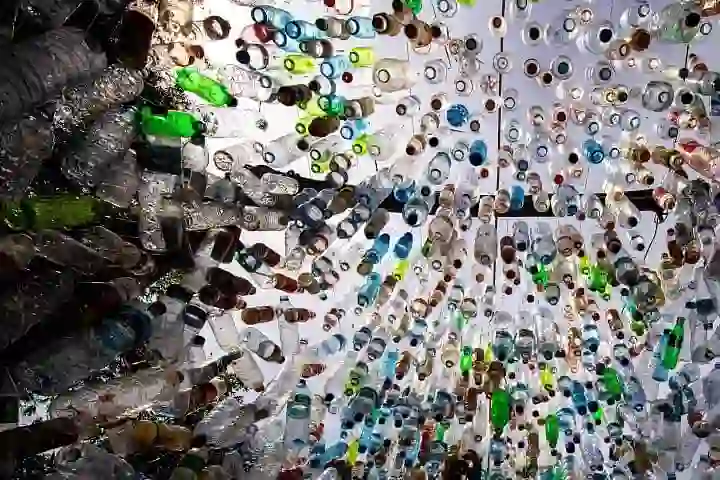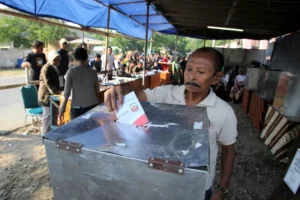Aiming to create awareness about the dangers of the ever growing plastic pollution among the people of Indonesia, a museum has been set up where exhibits displayed are made of plastic only. The objective is to make people realise how the deluge of plastic, especially the single-use variety is swamping them.
The museum and its exhibits are located in Gresik town in east Java. It took three months to put this show up by using an astonishing number of plastic waste items – more than 10,000. All of these items used in the exhibits were collected from polluted beaches and rivers.
The problem caused due to plastics is acute in Indonesia as it ranks second behind China for its volume of plastics that end up in the seas.
Talking about the museum to the news agency Reuters, its founder Prigi Arisandi said: “We want to send information to the people to stop the use of single-use plastic. These plastics are very difficult to recycle… Starting today, we should stop consuming single-use plastic because it will pollute our ocean, which is also our source of food."

Since its opening last month so far more than 400 visitors have come to the exhibition and going by their reaction, it has had its deserved effect on them.
A student, Ahmad Zainuri, stated that the exhibition has made him aware of the scale of the problem. “I will switch to a tote bag and when I buy a drink, I will use a tumbler.”
Like him, Ayu Chandra Wulan, again a student remarked: “I will have to buy reusable things such as drinking bottles instead of buying plastic bottles. By looking at how much waste there is here, I feel sad."
The centre of attraction of the exhibition is the statue of “Dewi Sri”, a goddess who symbolises prosperity and is worshipped widely by Javanese. The deity’s long skirt has been created by using single-use sachets of household items.




















